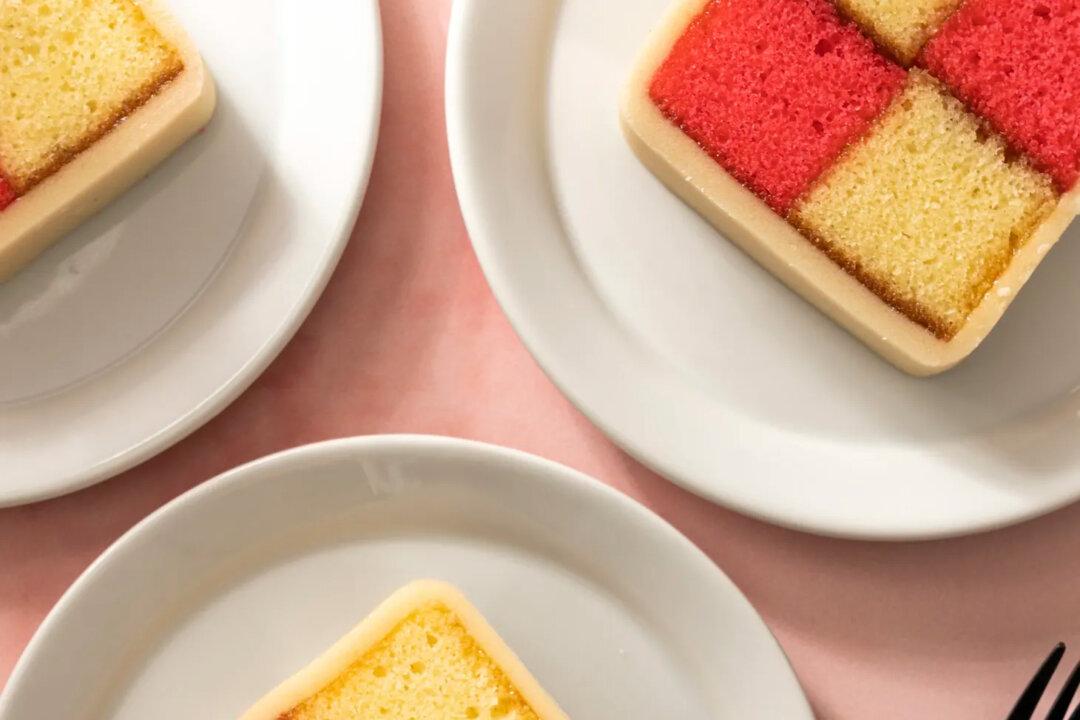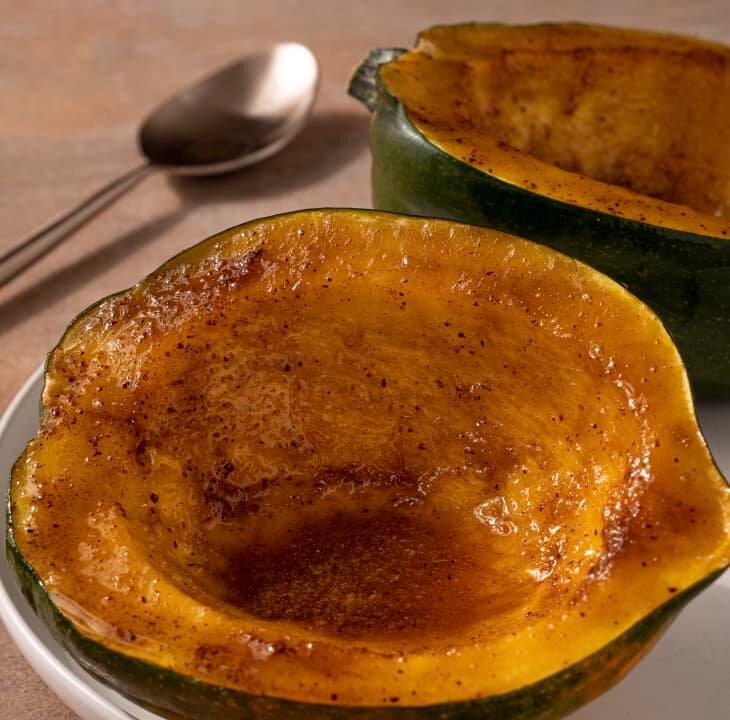For a quintessentially British experience, enjoy a slice of Battenberg cake with a cup of afternoon tea. It is equally delicious when served alongside a cup of coffee, or as a sweet treat after dinner. This distinctive and elegant cake has a long history in the United Kingdom. It is said that the cake was originally created to celebrate the marriage of British Princess Victoria to German Prince Louis of Battenberg in 1884. The intention was to create a dessert that honored both British and German tastes and sensibilities.
While the cake looks like it would be difficult to make, it’s actually quite easy and doesn’t even require a special baking pan. All you have to do is divide an 8-by-8-inch square pan into two equal sections and bake two different color batters on each side. Once the cake is trimmed, the four pieces are arranged into the signature checkered pattern. The entire cake is then encased in marzipan.





